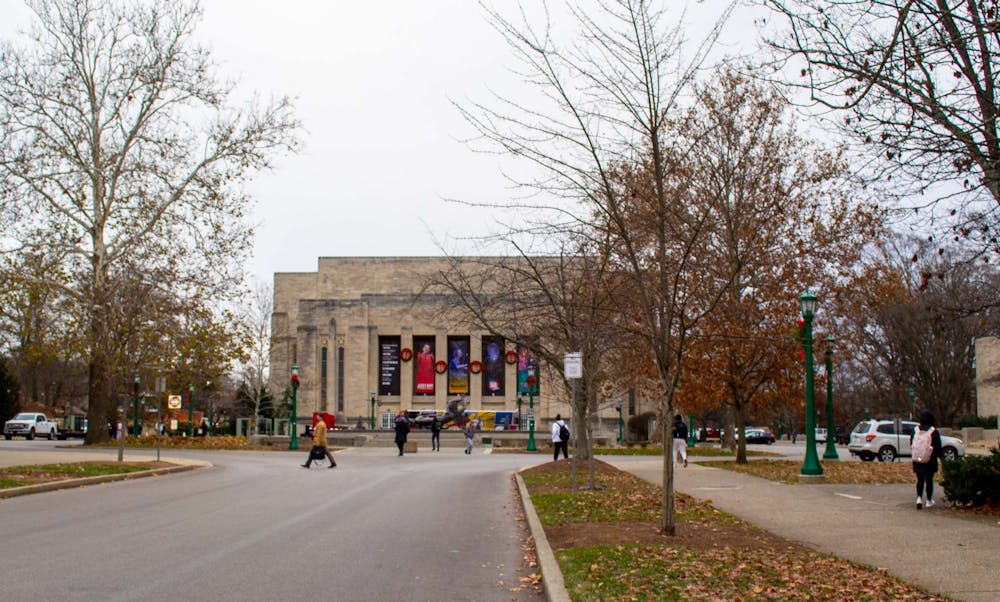In the spring of 2021, the 12th Indiana College Substance Use Survey was conducted showing levels of substance use in students and also issues of mental health.
The survey was conducted with 8059 students aged 18 to 25 from 23 Indiana colleges. IU researchers have recently released the findings. The survey asked students questions about where they consume alcohol most and how underage students have access to different substances. The survey showed 74.5% of students 21 years old or older consume alcohol, compared to 40% of underage students.
In terms of electronic vaping devices, 81.8% of students who had used them reported using the devices with tobacco or nicotine, while 59.1% reported using them with marijuana or THC.
More: Fentanyl-laced counterfeits of prescription pills make non-prescribed pills a life-or-death gamble
Maura Pereira-Leon, research associate of prevention insight at the School of Public Health, said it is necessary to use the results of this survey to better help students on their academic track.
“It is important to have knowledge of the issues related to alcohol and drugs consumption, so colleges can improve their strategies to assist and support students who are struggling,” Pereira-Leon said. “Because, ultimately, this issue affects their academic performance.”
John Gallagher, licensed clinical social worker and licensed clinical addiction counselor in the state of Indiana, said the high rates of substance use, especially with young people, come as a result of not being able to deal with or understand feelings of poor mental health.
“It’s not surprising that we’re seeing higher rates of mental health symptoms and addiction symptoms with younger populations because this may be their first onset of symptoms,” Gallagher said.
The survey showed 38.7% of students feeling symptoms of depression.
Gallagher said the onset of mental illness symptoms normally follows a significant life stressor. This pandemic, he said, was a stressor for a lot of people.
“We have at least one significant factor that we can identify as contributing to the increased rate of mental health symptoms and drug use or substance use disorders,” Gallagher said. “We have one main factor, which is the COVID pandemic.”
Also: Bloomington is losing more police officers than they can hire. Here’s why it matters
Peter Finn, provost professor of psychological and brain sciences, said the pandemic has taken away a lot of the social contact that is an important part of a young person’s life, especially in college.
“We need social support,” Finn said. “There’s a direct relationship between social support and mental health and that social support often comes in face-to-face situations.”
Finn said reports of higher levels of anxiety and depression is a similar theme in many areas. The pandemic has led to an increased demand for mental health services, according to the American Psychological Association.
“There are some results that do indicate that the increased level of substance use in general and mental health problems have to do with the feeling of alienation, being cut off and having the interruption of ongoing, regular habits,” Finn said.
When any major life event happens, specifically some sort of disaster or tragedy, these levels of substance abuse and mental illness are common, Finn said.
“It’s not uncommon that natural disasters and major events are associated with increased substance use,” Finn said. “People often use substances to modify how they feel and maybe replace some of the fun they may have in the social context.”




